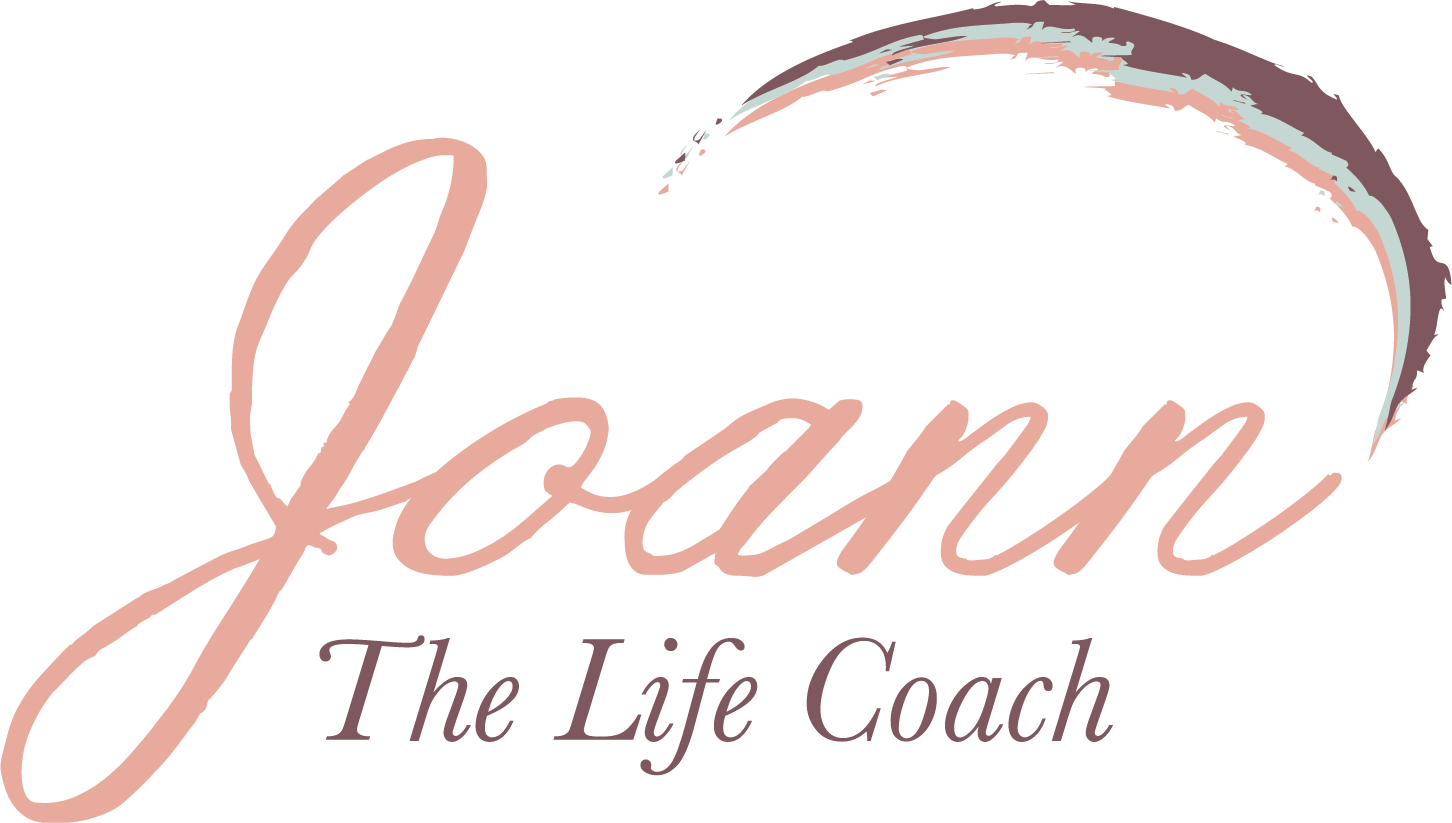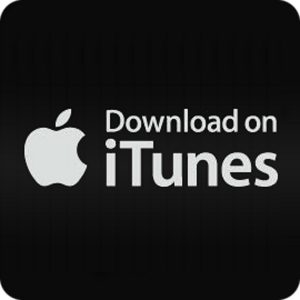 Have you noted your food in a journal, counting calories or counting points until you want to stick pins in your eyes? Me too. My inner rebel eventually emerges and silently screams, “I don’t want to add up all those numbers anymore!” But it is, nevertheless, an incredibly valuable tool in self-exploration if you change it up a bit. Could you get excited about a new kind of journaling? I hope so, because I’m about to share with you the Super Powerful Eating Journal.
Have you noted your food in a journal, counting calories or counting points until you want to stick pins in your eyes? Me too. My inner rebel eventually emerges and silently screams, “I don’t want to add up all those numbers anymore!” But it is, nevertheless, an incredibly valuable tool in self-exploration if you change it up a bit. Could you get excited about a new kind of journaling? I hope so, because I’m about to share with you the Super Powerful Eating Journal.
You could just grab any old notebook or writing tablet to do this with, but it is my recommendation that you go buy a beautiful new journal book – the kind that is blank. I like lined pages in mine. If you are a stationary store geek like I am, just having a beautiful new journal is inspiration enough to start writing. If you are trying to keep yourself within a specific calorie range or are counting WW points, then do continue to log your food that way. When I am checking in on my calorie intake and nutritional macronutrient balance, I like to use “My Fitness Pal.” It is a great app and online tool. But your beautiful new journal is going to be so much more interesting. It is going to be all about what goes on with you on the inside.
Each day, note down briefly what you ate and/or drank, the time of day, how hungry you felt before eating it and how full you felt after eating it (see my previous blog, The Hunger Scale). Note later, how did it feel in your body? How long before you got hungry again? Did you have energy from it or did you feel sluggish? You want a section at the end of each meal/snack entry where you can note what was going on with you just before eating – especially if you were not hungry before eating. All this is key information. You can try to record it all at once at the end of the day, but do try to keep notes throughout the day so you are not working off of recollection for events and feelings. The focus here is not so much on what you ate, but instead on the levels of hunger/fullness, events and feelings. This is going to provide you with huge insight into your own mind. Get completely honest with yourself so you can learn about you. Be curious to discover what drives you to eat and when you eat more than needed to satiate hunger. Be sure to notice if the food you ate fueled you well without bogging you down. This is where your discovery of fuel foods is going to take place. Be sure to add to your fuel food list as you discover food that works. Do not focus on eating “diet foods.” Diet foods are not necessarily the foods that will help you reach your goal. They certainly never helped me maintain a weight loss because I rebel against them eventually.
Commit to recording in your journal – time of day, foods eaten, where on the hunger scale you were before and after eating, how long you were satisfied from your previous meal, the events and/or feelings prior to eating. This is going to give you your fuel foods as well as help you judge where -2 and +2 or -4 and +4 are for you on the hunger scale. It is going to help you relearn your body signals, and show you how events, thoughts, and emotions can affect what and when you eat.

